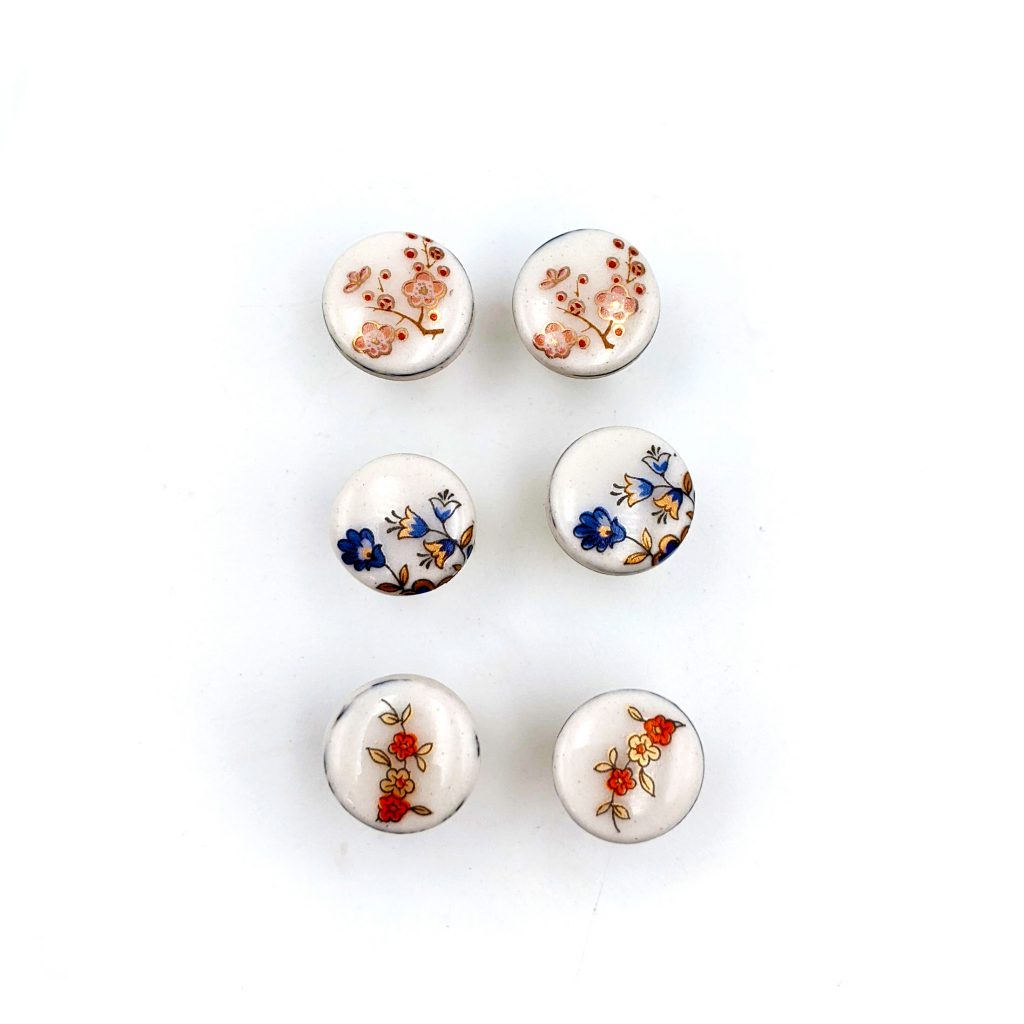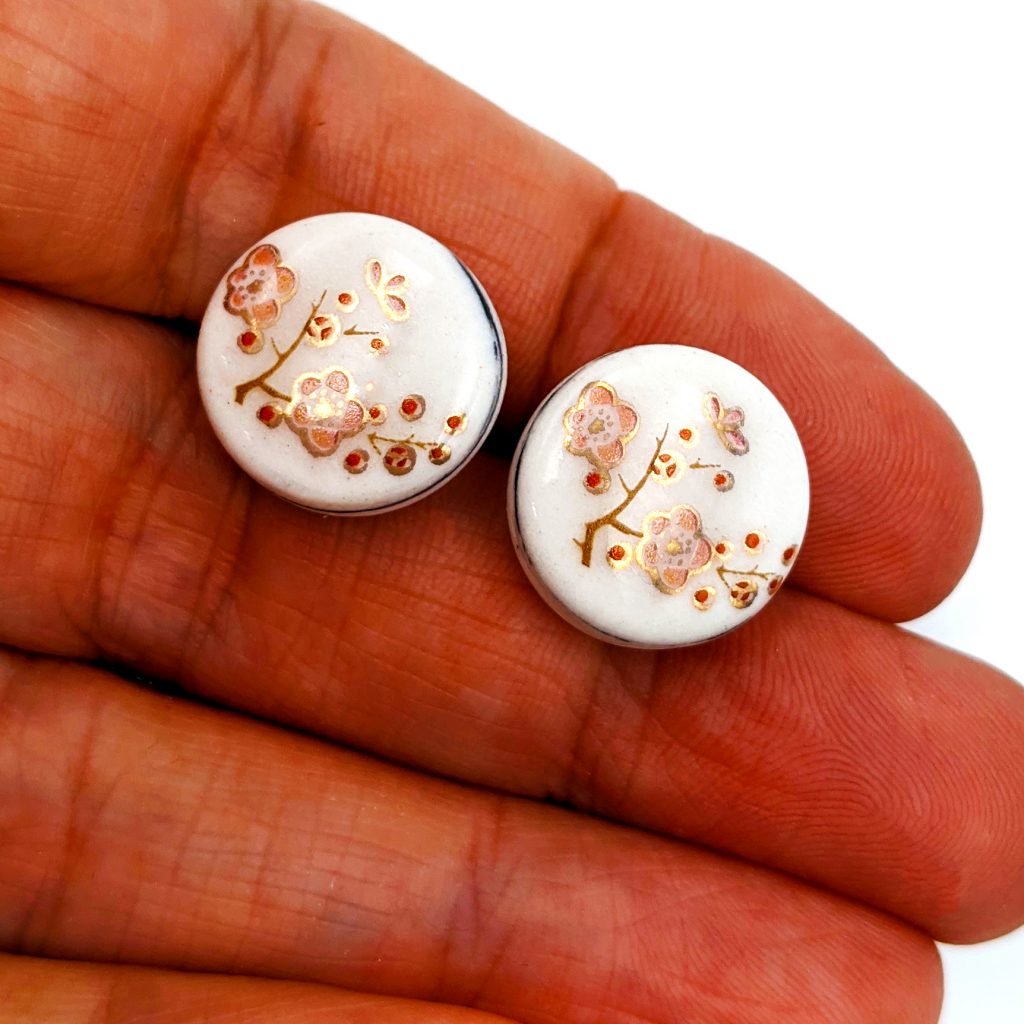The national flower of Japan, the cherry blossom – or Sakura, represents a time of renewal and optimism. The pops of pink mark the ending of winter and signify the beginning of spring. Due to their quick blooming season, cherry blossoms also symbolize the transience of life, a major theme in Buddhism.
Sakura (桜) – Sakura means “cherry blossom” and is derived from saku 咲, which means to bloom, or alternately to smile/laugh. The 口 in 咲 indicates an open mouth. Cherry blossoms are a symbolic flower of the spring, a time of renewal, and the fleeting nature of life.
Hana-yori-dango (花より団子) – This is a funny proverb which makes fun of the fact that some people attending the hanami celebrations are more interested in the food and drink they are consuming than in looking at the flowers! It literally translates as “dumplings rather than flowers”!
Hanagasumi (花霞) – this is the Japanese word used to describe the scene with many blossoms – literally translated as the “flower haze”
Sakura-fubuki (桜吹雪) – this means “cherry blossom snowstorm”. Often cherry blossom petals dance in the spring wind, which from a distance can look like a storm of pink petals!
Hana-no-ami (花の雨) – flower rain. This is the special Japanese phrase for when rain falls on the cherry blossoms – an incredibly beautiful sight.
Hana-akari (花明かり) – flower lights. When the cherry blossom is in full bloom, the vivid color makes the darkness look much brighter than normal.
Mikkaminumanosakura (三日見ぬ間の桜) – this is a highly descriptive and evocative word in Japanese that means change happens very suddenly and intensely, much like the cherry blossoms that go from full bloom to being scattered in just a short space of time.
Hazakura (葉桜) – cherry tree leaves. Once the flower blossom has fallen, small leaves start to appear on the trees, a sign the summer will soon be on the way!


